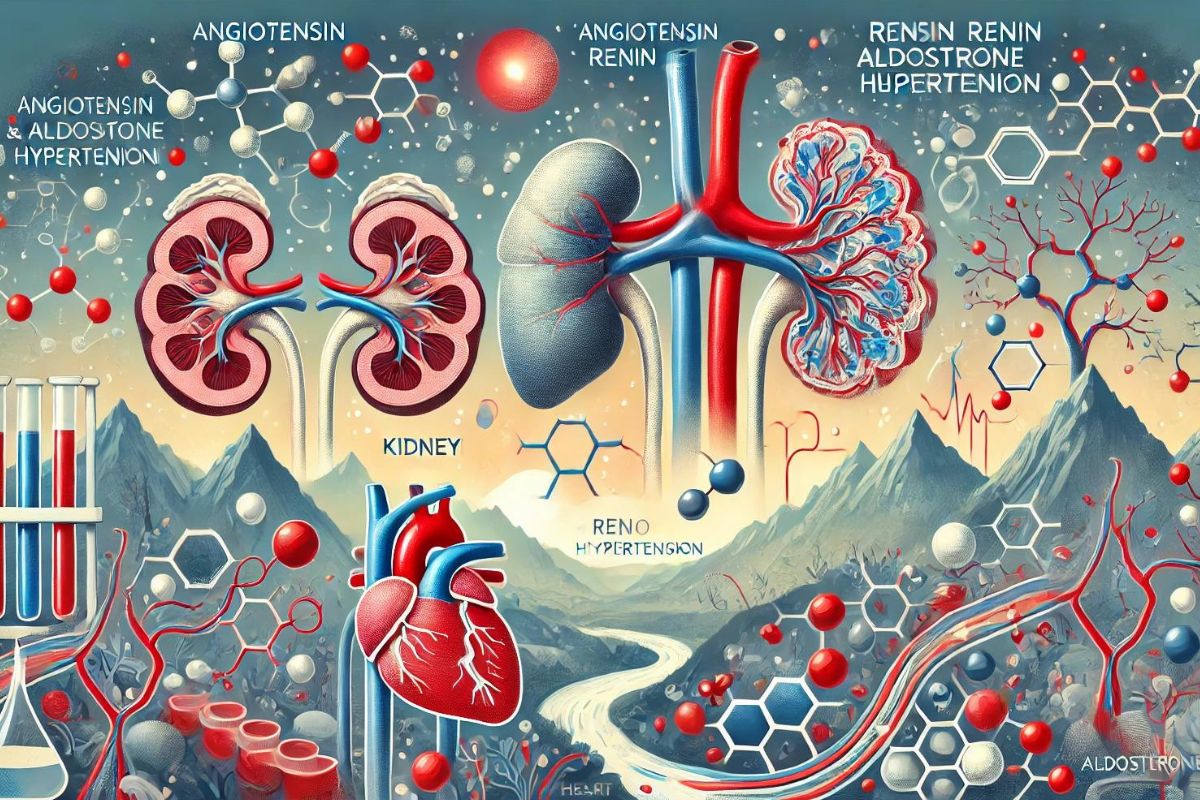
Ever wondered about the Immaculate Conception? This belief, central to many Christians, holds that Mary, mother of Jesus, was conceived without original sin. But what does that really mean? How did this idea come about, and why is it so significant? In this post, we’ll dive into 30 intriguing facts about the Immaculate Conception, from its historical roots to its impact on art and culture. Whether you’re a history buff, a theology enthusiast, or just curious, these facts will shed light on this fascinating topic. Ready to learn more? Let’s get started!
Understanding the Immaculate Conception
The Immaculate Conception is a significant belief in the Catholic Church. It often gets confused with other religious concepts, but it has a unique meaning and history.
- The Immaculate Conception refers to Mary, the mother of Jesus, being conceived without original sin.
- This belief is not about the conception of Jesus, which is known as the Annunciation.
- Pope Pius IX declared the dogma of the Immaculate Conception on December 8, 1854.
- The declaration was made in the papal bull "Ineffabilis Deus."
- The Feast of the Immaculate Conception is celebrated on December 8 each year.
- The doctrine states that Mary was preserved from original sin from the moment of her conception.
- This belief emphasizes Mary's purity and her role in the salvation plan.
Historical Context and Development
The concept of the Immaculate Conception has evolved over centuries. Understanding its historical context helps clarify its significance.
- Early Church Fathers like St. Augustine and St. Ambrose discussed Mary's purity.
- The idea gained traction in the Middle Ages, particularly through the work of St. Anselm and St. Bernard of Clairvaux.
- The University of Paris debated the Immaculate Conception in the 12th century.
- St. Thomas Aquinas had reservations about the doctrine, but his student, John Duns Scotus, supported it.
- The Council of Basel in 1439 declared the Immaculate Conception as a pious belief.
- The Franciscans were strong proponents of the doctrine, while the Dominicans were initially skeptical.
- The Immaculate Conception became more widely accepted in the 17th and 18th centuries.
Theological Significance
The Immaculate Conception holds deep theological meaning within the Catholic faith. It highlights Mary's unique role and her relationship with God.
- The doctrine underscores the belief that Mary was free from sin to be a worthy mother of Jesus.
- It reflects the idea that God prepared Mary for her role in the Incarnation.
- The Immaculate Conception is seen as a sign of God's grace and mercy.
- It emphasizes the importance of Mary's intercession for humanity.
- The belief also highlights the concept of prevenient grace, which means grace given before sin.
- The Immaculate Conception is linked to the idea of Mary as the "New Eve."
- It reinforces the belief in Mary's perpetual virginity.
Cultural and Artistic Representations
The Immaculate Conception has inspired countless works of art and cultural expressions. These representations help convey its spiritual significance.
- Many Renaissance artists, including Botticelli and Raphael, depicted the Immaculate Conception.
- The Baroque period saw a surge in artistic representations of the doctrine.
- Murillo's painting "The Immaculate Conception" is one of the most famous depictions.
- The doctrine has influenced Marian hymns and prayers, such as the "Ave Maria."
- The Immaculate Conception is a common theme in Catholic literature and poetry.
- Numerous churches and cathedrals are dedicated to the Immaculate Conception.
- The Basilica of the National Shrine of the Immaculate Conception in Washington, D.C., is the largest Catholic church in North America.
Modern Perspectives and Celebrations
Today, the Immaculate Conception remains a vital part of Catholic faith and practice. Modern perspectives and celebrations continue to honor this belief.
- Pope Pius XII declared Mary as the patroness of the United States under the title of the Immaculate Conception in 1946.
- The Feast of the Immaculate Conception is a holy day of obligation for Catholics, meaning they are required to attend Mass.
Final Thoughts on Immaculate Conception
Understanding the Immaculate Conception sheds light on a significant aspect of Catholic doctrine. This belief highlights Mary's unique role in the Christian faith, emphasizing her purity from the moment of her conception. It's not just about her being sinless but also about her being chosen for a special purpose. This doctrine has deep roots in theology and has been a topic of discussion for centuries. Whether you're a devout believer or just curious, knowing these facts can deepen your appreciation for this aspect of Christian tradition. Remember, the Immaculate Conception is about Mary's beginning, not Jesus's. This distinction is crucial for understanding the doctrine correctly. So, next time you hear about the Immaculate Conception, you'll know it's all about Mary's unique start in life.
Was this page helpful?
Our commitment to delivering trustworthy and engaging content is at the heart of what we do. Each fact on our site is contributed by real users like you, bringing a wealth of diverse insights and information. To ensure the highest standards of accuracy and reliability, our dedicated editors meticulously review each submission. This process guarantees that the facts we share are not only fascinating but also credible. Trust in our commitment to quality and authenticity as you explore and learn with us.


